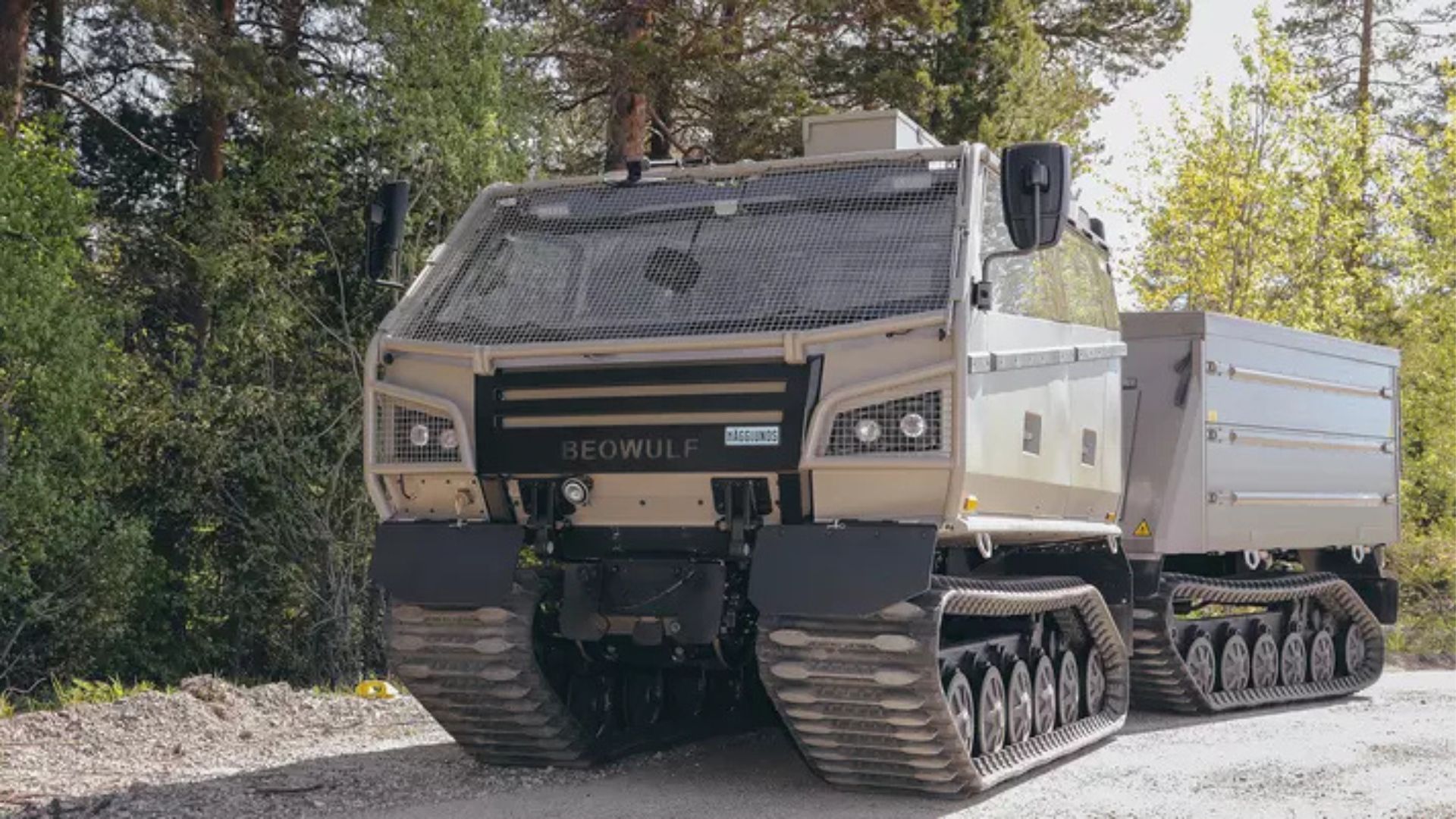daftandbarmy
Army.ca Fossil
- Reaction score
- 42,962
- Points
- 1,160
I don't know the technical differences but to me, 'fording' means depth of water something can handle while operating on the bottom without drowning occupants or equipment; whereas 'amphibious' implies some manner of actual 'swimming'. You 'ford' cattle across a river, but they are walking on the bottom; frogs and turtles swim (sort of).
Based on my experience with the BV 202 and 206, in Norway, we seldom did any free floating swims. 99% of the job involved bashing though slush, muskeg, swamps, and half frozen lakes and ponds, as well as the usual oversnow travel. Both vehicles were great at these jobs, but the BV 206 was an order of magnitude faster, and more powerful.
We sent a (unloaded) BV across a fully thawed small lake once, after extensive checking of seals etc, and it did just fine.
They also operated quite effectively at - 50C.




